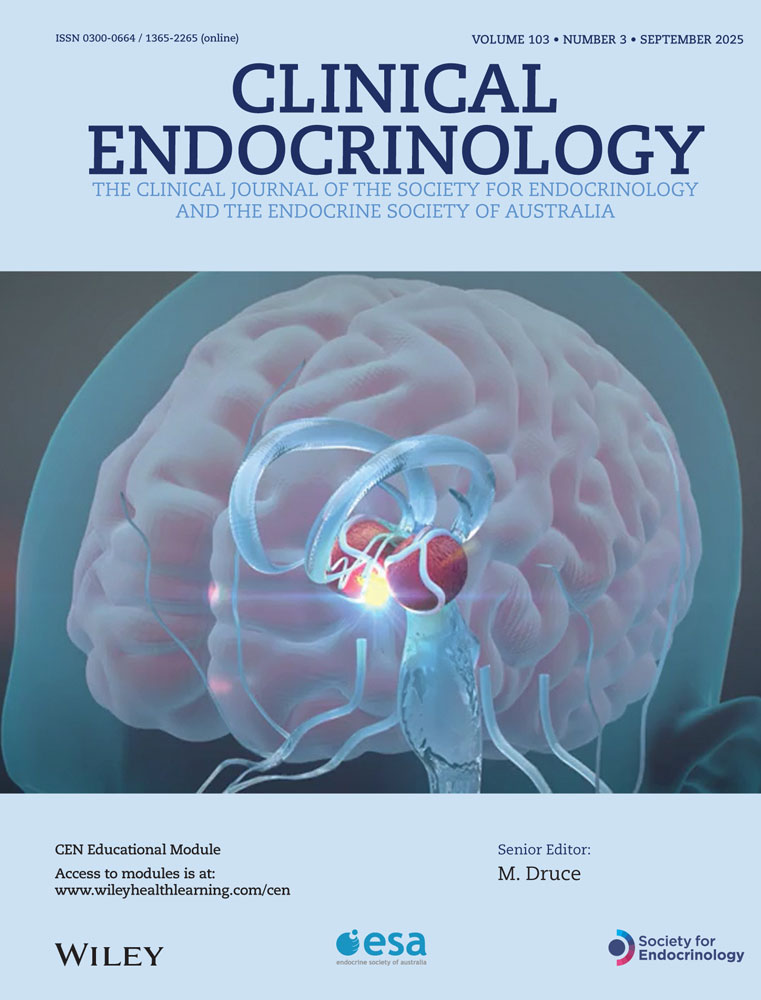Exaggerated 17-hydroxyprogesterone response to short-term adrenal stimulation and evidence for CYP21B gene point mutations in true precocious puberty
Abstract
OBJECTIVE
Following the observation of two patients affected by true precocious puberty who went on to develop polycystic ovary syndrome (PCOS) and who were found to be heterozygotes (carriers) for 21-hydroxylase deficiency (21-OHD), we decided to evaluate the frequency of heterozygosity for adrenal 21-OHD in patients with true precocious puberty.
STUDY DESIGN
We investigated 32 girls affected by true precocious puberty, by the single-dose ACTH stimulation test, HLA typing and the molecular analysis of the CYP21B gene encoding for the 21-OH enzyme, in order to detect gene deletions or point mutations. Twenty-eight cases were on LHRH analogue treatment and the remaining four, untreated owing to parental refusal, were investigated 0.5–1.5 years after spontaneous menarche.
RESULTS
After ACTH testing, 13 out of the 32 (41%) cases displayed higher 17-hydroxyprogesterone (17-OHP) levels than normal but less than those found in patients affected by nonclassical adrenal hyperplasia (CAH); these levels were similar to those observed in obligate heterozygotes for CAH due to 21-hydroxylase deficiency (21-OHD). HLA typing showed a significantly increased frequency of the HLA alleles A28 and B14 which are peculiar to the HLA haplotypes of nonclassical CAH due to 21-OHD. Molecular analysis of the CYP21B gene showed that in four out of the 10 tested patients with an exaggerated 17-OHP response there were heterozygous point mutations of the CYP21B gene. In contrast, no CYP21B gene abnormalities were detected in the eight tested patients with normal 17-OHP. No differences were found between carriers and non-carriers of the 21-OHD with regard to age at onset of precocious puberty, clinical features, bone age acceleration and gonadal suppression induced by LH-RH analogue treatment. Two out of the four untreated patients who were investigated after menarche were found to be carriers of the 21-OHD; these girls showed signs of androgen excess, irregular menses and polycystic ovaries.
CONCLUSIONS
A high frequency of heterozygosity for adrenal steroid 21-OHD was found in our patients with true precocious puberty. This adrenal defect does not seem to influence the pattern of central precocious puberty, but these patients require long-term follow-up as they might go on to develop polycystic ovary syndrome (PCOS). Whether or not heterozygosity of the 21-OHD may be related to the premature activation of the hypothalamo-pituitary-gonodal axis remains to be defined.




